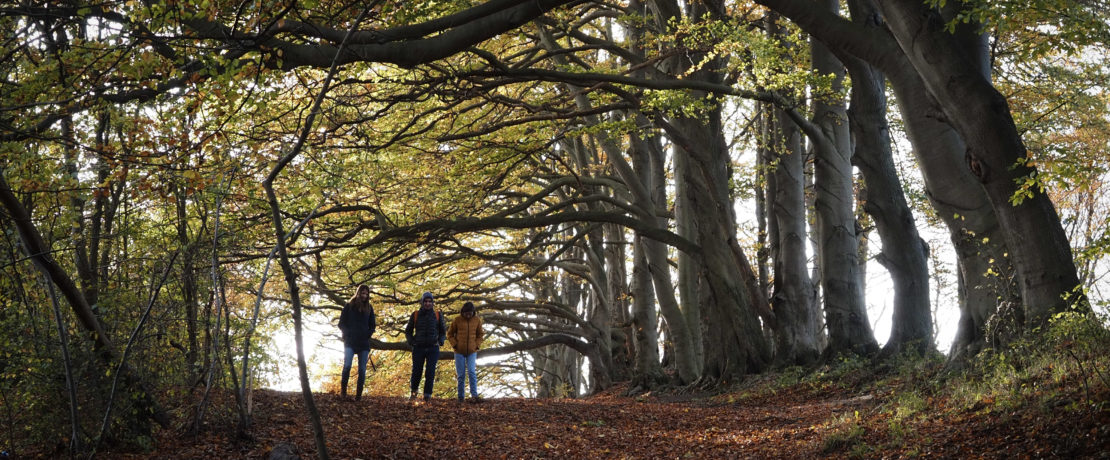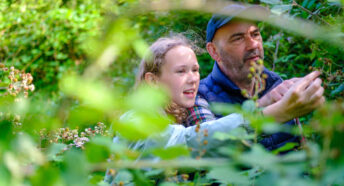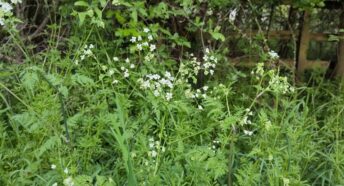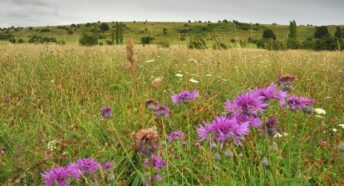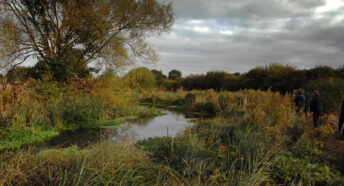Celebrating Bedfordshire’s woodland
We explore some of the diverse woodland habitats of Bedfordshire, starting in our county town.
On the western edge of Bedford lies Bedford Park – a Grade Two listed English Heritage Victorian park. Created in 1888, it is the largest urban park in Bedford. Behind the park is Foster Hill Road Cemetery which was Highly Commended in the Biodiversity and Landscape Improvement category of the CPRE Bedfordshire Living Countryside Awards in 2018. Bedford Cemetery has been described as “one of the most historic, scenic and peaceful places ever to be in.” It has been argued that the combination of the cemetery and the park represents one of the finest urban treescapes in Britain.
Moving round to the north of the town you’ll find Mowsbury Hillfort and Putnoe Wood. Mowsbury Hillfort won a CPRE Mark in the 2016 Biodiversity and Landscape Improvement category of our Living Countryside Awards. This is an impressive four hectare county wildlife site and a scheduled monument containing an Iron Age hillfort and a medieval moated site overlooking the northern suburbs of Bedford. The site encompasses a wide variety of habitats, including grassland, traditional orchards, deciduous woodland and a series of ponds.
Putnoe Wood was commended in the same category. This ancient woodland was first mentioned in the Domesday Book and was designated a Local Nature Reserve in 1994. A Friends group formed in 2011 works with Bedford Borough Council to maintain and improve the site, which is primarily composed of oak, ash and maple with some coppiced hazel plots. A rich carpet of spring flowers such as snowdrops, bluebells, primroses, celandine, violets and wood anemones make it a much loved local attraction and bird lovers can expect to see owls, sparrow hawks, woodpeckers, blackcap and warblers nesting or visiting during the year.
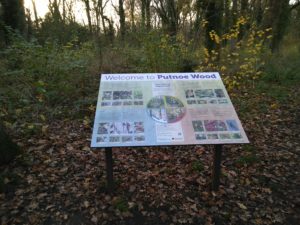
What is ancient woodland?
In England, areas of woodland that have persisted since 1600 are defined as ancient woodland. 1600 is the date at which maps became more accurate and reliable so we can be confident that the area has been woodland for at least that amount of time. These woodlands are home to amazing communities of plants and wildlife.
Sharpenhoe Clappers is a classic chalk escarpment and part of the Chilterns Area of Outstanding Natural Beauty (AONB). It is crowned with traces of an Iron Age hill-fort and an impressive ancient beech wood. The area is managed by the National Trust.
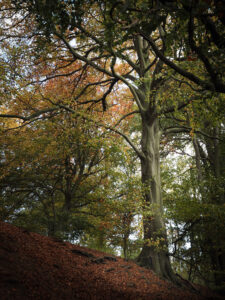
Maulden Wood sits on the Greensand Ridge, it contains one of the largest and most important remnants of ancient woodland in Bedfordshire. The grasslands in the centre of the wood and the northern end of the wood are designated as Sites of Special Scientific Interest (SSSI). The nearby King’s Wood is also an area of ancient woodland. This is the largest area of deciduous woodland in Bedfordshire and its history can be traced back before the 15th century. The soil is partly acidic, sandy soil and partly a chalkier boulder clay, making for a fascinating mix of plants and wildlife.
In the north of the county, Odell Great Wood is one of Bedfordshire’s largest blocks of ancient woodland in the area and is a designated SSSI. The wood is dominated by oak and ash trees with hazel coppice and provides a habitat for a wide variety of plants and animals. The woods in the area are the last surviving fragments of ancient woodland which once covered the clay ridge to the north west of the river valley. The areas that remain are valuable sites for wildlife.
Wet woodland
Wet woodlands grow on poorly drained or seasonally flooded soils. The type of wet woodland and the trees that grow there vary depending on how wet the soil is. The Flit Valley contains more wet woodland than any of the other river valleys in Bedfordshire. Flitwick Moor is the largest and most important wetland site in Bedfordshire and supports a range of wet woodland plants and wildlife. The low nutrient acidic water from the Greensand aquifer and the acidic birch woodland at Flitwick Moor support a number of species unusual for Bedfordshire including nine species of Sphagnum moss and plants such as common cotton-grass.
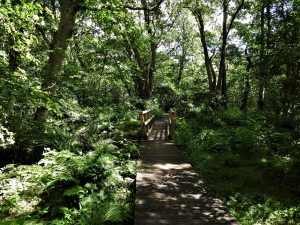
New woodland
The Forest of Marston Vale is designated as a Community Forest and is still evolving, with a target of 30% tree cover across the area. Marston Vale was previously home to pits which had been dug to supply the Stewartby Brickworks with clay. The forest covers around 61 square miles and includes a number of community woodlands that have been planted since the year 2000. In 2021 their new woodland, Queen’s Wood, was commended by our Living Countryside Awards judges. It will be connected to local rights of way networks and act as buffer woodland for Kings Wood SSSI. The 38 hectare woodland has been planted with more than 35,000 native trees and shrubs, with more to come. Species planted include oak, hornbeam, wild cherry and alder which were chosen for their ability to tolerate and address increasing temperatures in the face of climate change.
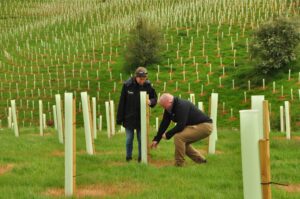
Read more on our website
A guest blog post: Regeneration and the Forest of Marston Vale
A walk: Discover: Mowsbury Hillfort and Putnoe Wood
Explore: Flitwick Moor, a Bedfordshire wetland
Forest bathing: Just a walk in the woods?
